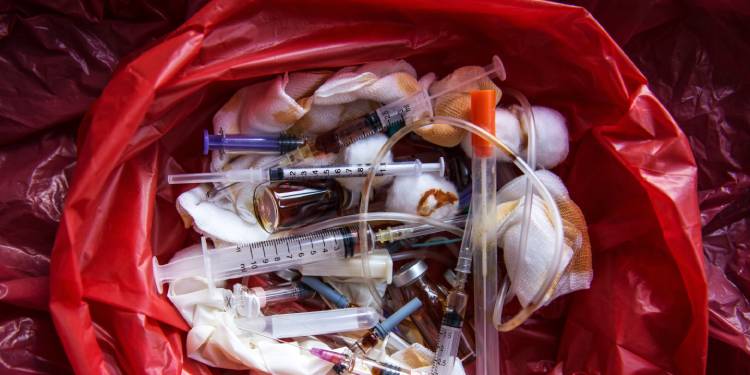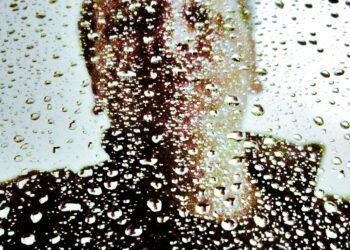Dealing with waste is part of every business, and healthcare facilities are no exception. The problem is that healthcare waste carries the potential danger of infection and contamination. As medicine advances, the amount of trash it generates increases, requiring greater diligence in removal, containment, and disposal. While every healthcare facility should already be following federal and other regulations and standards about medical waste management, it’s worth revisiting a few basics on how to dispose of medical waste properly.
What Is Medical Waste?
Medical waste is any waste created during the performance of healthcare activities. It may be contaminated by blood, other bodily fluids, and infectious materials. Some of the more notable forms of medical waste include:
- Sharps, like needles, scalpels, and other metal tools that pose the risk of scraping, lacerating, or puncturing the skin
- Used gloves, gowns, and masks contaminated by bodily fluids
- Lab waste, including Petri dishes, test tubes, and beakers
- Pharmaceutical waste, like mediations of all sorts
- Pathological waste, like organs, tissue samples
Segregation at the Source
Most hospitals have the means to dispose of waste safely, but methods and materials vary according to the facility. One thing that never changes is segregation at the point where waste is created. This means the waste is handled and separated according to specific requirements. Color-coded bins are the most recognizable method of separation and containment. Healthcare professionals and other staff are trained to know what kind of waste goes where in order to avoid contamination and other issues.
- Red bins hold infectious waste contaminated with bodily fluids.
- Yellow bins contain pathological waste and sharps.
- Blue bins hold pharmaceutical waste.
Safe Handling and Storage
Once the waste is separated, it must be handled and stored safely before it’s gotten rid of in one or more of the following ways:
PPE Use
Personal protective equipment (PPE) involves any number of garments or tools one wears while handling medical waste. Latex gloves, face masks, scrubs, and HAZMAT suits are all kinds of PPE.
Sharps Containers
A necessity for syringes, scalpels, and other items, sharps containers are bright red and prevent injuries and transmission of infection.
Secure Storage
Medical waste must be kept in a designated area that is secure, properly ventilated, and far from wherever people work, wander, or congregate. The containers must be sealed and labeled.
Transportation and Disposal
Here’s one last thought on properly disposing of medical waste. Transportation of medical waste must follow protocols established by federal, regional, and local laws and standards. Only licensed transporters can remove and carry medical waste. Establishing a paper trail on the type of waste and quantities is paramount, as is recording the disposal facility’s details. Finally, determine and outline how the waste must be treated. This includes autoclaving, incineration, chemical disinfection, and other methods.
Proper collection and disposal of medical waste is both a legal and ethical obligation. If healthcare professionals follow best practices in separating, handling, storing, and disposing of waste, they can rest assured they’ve protected the health and safety of clients, staff, and the public.















